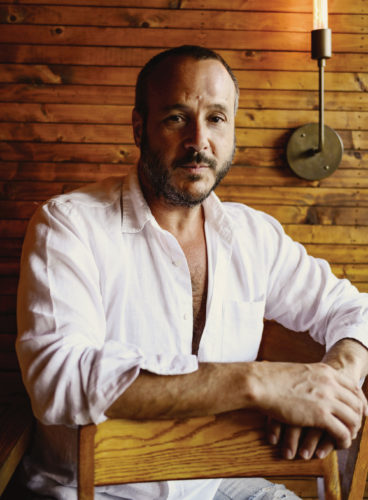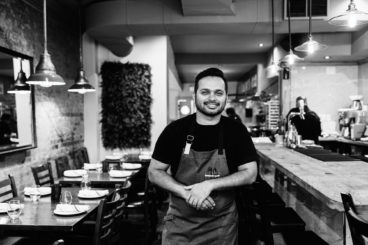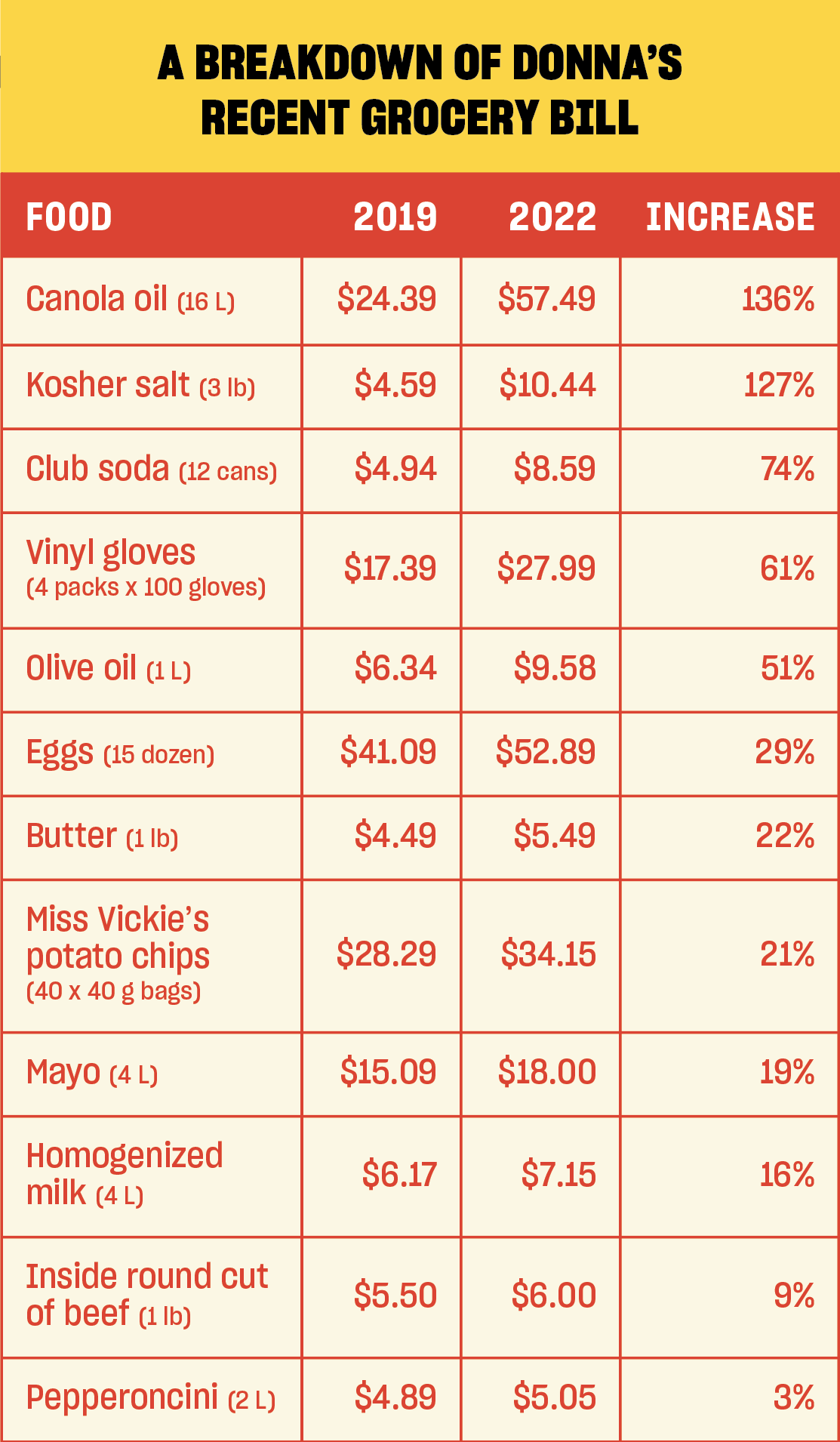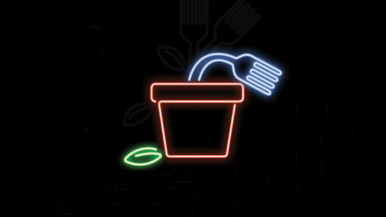Restaurants aren’t thriving—they’re barely surviving
Rents are astronomical, food costs are higher than ever and profit margins are razor thin

In mid-August, the asking rent for a 2,100-square-foot commercial space in Corso Italia was $6,825 a month—and that’s not even including taxes, maintenance and insurance costs. No matter how you slice that number, it’s going to take a lot of sales to make ends meet. In our current economic climate, how can Toronto restaurants go from barely surviving to thriving?

Solution 1: “Diversify revenue streams”
Anthony Rose, co-owner, Fet Zun, Fat Pasha and Schmaltz Appetizing
“With the rising cost of food, rent and everything in between, it’s no longer viable for many restaurants to be open only for dinner. It seems everything is increasing except people’s willingness to dine out. At my restaurants, we’re trying to run smoother, leaner operations with the same or fewer staff and more options for dine-in, retail and delivery from a single location. This means back of house and front of house aren’t necessarily delineated: a server can do some kitchen prep, a sous chef can take an order, and so on. We need to layer on more ways for people to enjoy our food without sacrificing quality.”

Solution 2: “Make better use of technology”
Andrew Oliver, CEO, O&B
“Every business looks for ways to be more efficient without sacrificing the goal of providing a superior product and excellent service. Attracting and keeping good employees—our most important resource—has always been a big part of this challenge. Technology has the potential to play a huge role in mitigating labour shortages and soaring costs. A server with a handheld tablet can spend more time with guests rather than running back and forth to punch in orders. Food tracking apps allow us to ensure that the correct amount of product is ordered, minimizing waste. Online platforms can be used to train new staff and ensure that their food, beverage and service knowledge is as strong as possible. With margins as tight as those we see in this industry, every little bit of efficiency helps.”

Solution 3: “Raise menu prices”
David Neinstein, owner, Barque
“When we eliminated tipping and introduced a living wage plus a comprehensive benefits package, sick days and personal days, I had to increase our menu prices. Our bestselling item before the shift was our sampler platter for two—a choice of appetizer, three barbecue meats and a side—and it cost $69 plus tip. Now, it costs $94 all in, but it’s still our bestselling item. Honestly, we thought the sticker shock was going to be a big deal, but it turns out…no one gives a shit. Or maybe I should call it casual acceptance. People either say, ‘Okay, fine,’ or ‘That’s really great,’ and then they pay and are on their way. And then they come back! Business is slowly and steadily increasing.”

Solution 4: “Regulate rent”
Miheer Shete, chef-owner, Curryish Tavern
“The city needs to put strict regulations on rent, especially when it comes to commercial leases. Rent is easily the biggest cost for restaurants, and many of them—especially small, independent ones—fail because they simply cannot make rent. And there is no law that stops a landlord from increasing the rent as much as they want at renewal time. The city should mandate that landlords are allowed to raise commercial rents only by a certain percentage. I would also love to see rents tied to restaurant sales, with the amount fluctuating between six and eight per cent of total sales during a given month. High sales would benefit both landlords and tenants, and during slow months like January and February, slightly decreased rents would help restaurant owners big time.”

Supermarket Weep
Ann Kim, co-owner of Wallace Emerson bistro Donna’s, reflects on the rising cost of food and supplies.
When did you notice increased food prices?
The summer of 2020. Before then, we were pretty frustrated with supply chain issues. For a while, kosher salt was nearly impossible to find. After a few months, things were easy to find again, just more expensive.
Has the increase affected your menu?
We chose to raise prices rather than altering dishes or shortening the menu. It’s been important to us to prioritize quality over pricing.
How else has it changed the way you do business?
We’re spending more time driving or biking around the city to find products that are in short supply, like fresh fish. So our days start earlier, but we’re getting better value for our money. We’ve also had to start buying many items in bulk—butter, wine, sparkling water—not just to save money but to secure a steady supply in case there are shipping or manufacturing delays.
How has your bottom line been affected?
Thanks to amazing staff, decisive planning and great luck, we’ve managed to make it this far. We’ve even started surpassing our pre-pandemic revenue numbers, although with a lot more work and thinner profit margins.












